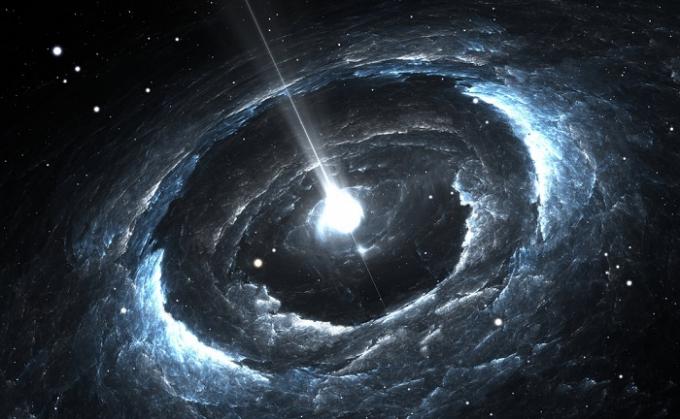Until the year 1907, the value of the charge contained in electrons was not known, but only the ratio between its charge and mass. Many renowned researchers, such as the English physicist J. J. Thomson, had tried to determine the value of the charge From electrons, but without success.
Around 1897, thomsonfound the electrons: particles elementary and negatively charged. He was also able to experimentally determine the charge to mass ratio electronics. Furthermore, using a cloud chamber, he was able to obtain charge values very close to what is currently known. Its best experimental result was about 1.1.10-19 Ç.
However, the currently known value of the electronic charge has only been precisely determined by the American physicist. Robert Andrews Millikan (1868-1953) in 1909. The discovery earned him the Nobel Prize in Physics in 1923. His experiment became known as Oil Drop Experiment.
Experiment
Several attempts involving drops of water and three different experimental setups were necessary for Millikan to refine his experiment. His definitive experimental setup was a
atomizer (a kind of sprinkler) capable of sprinkleoil in smalldroplets, that were launched towards a capacitor in platesparallel filled with air and powered by batteries that generated a few tens of thousands of volts of electrical voltage.Do not stop now... There's more after the advertising ;)
When sprayed, some droplets remained electrified per friction and presented a imbalance in loads. This excess charge responded to the electric field external with a electric force which launched them upwards or downwards, according to the sign of the charge present within them.
For some droplets, however, the forces Weight, electric, buoyancy and friction of the air were close to annulling, making them rise or fall very slowly and allowing precise measurements of its diameter and mass, which were some of the measures needed to determine the individual charge of each drop.
With the experimental results in hand, Millikan realized that the electrical charge values determined experimentally in the oil droplets were always multiples of a smaller value: 1,59.10-19 Ç.
The results obtained by Millikan could support the quantization of electrical charge and boosted research related to phenomena of an electrical nature.
*Image credit: nephthali / Shutterstock.com
By Rafael Hellerbrock
Graduated in Physics
Would you like to reference this text in a school or academic work? Look:
HELERBROCK, Rafael. "Millikan Oil Drop Experiment"; Brazil School. Available in: https://brasilescola.uol.com.br/fisica/experimento-gota-oleo-millikan.htm. Accessed on June 27, 2021.
Physics

Do you know what an electric field is? The electric field is vector, that is, at each point in space it has a specific module, direction and direction. The electric field is responsible for the emergence of forces of attraction and repulsion between electrical charges. Its units are Volts per meter or Newtons per coulomb.

